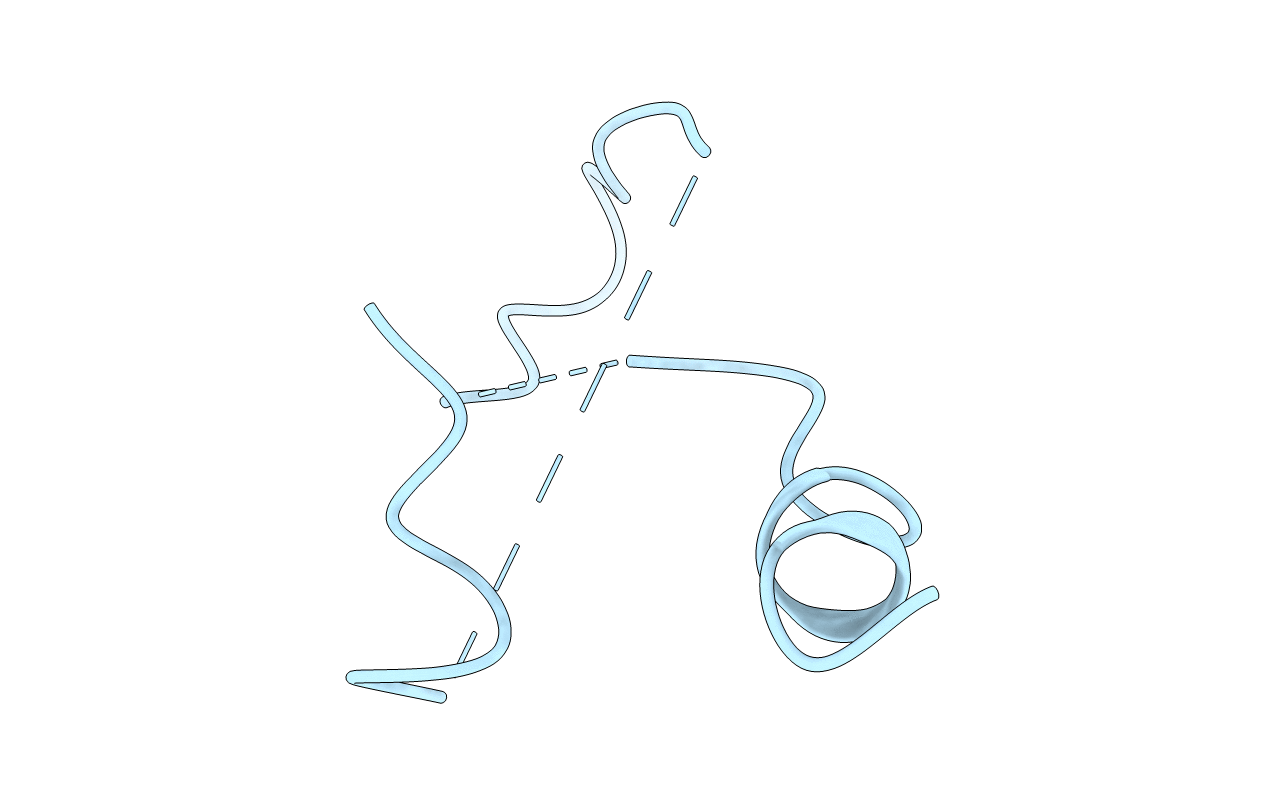
Deposition Date
1998-06-16
Release Date
1998-11-04
Last Version Date
2024-05-22
Entry Detail
PDB ID:
1BH7
Keywords:
Title:
A LOW ENERGY STRUCTURE FOR THE FINAL CYTOPLASMIC LOOP OF BAND 3, NMR, MINIMIZED AVERAGE STRUCTURE
Biological Source:
Source Organism:
Homo sapiens (Taxon ID: 9606)
Method Details:
Experimental Method:
Conformers Calculated:
15
Conformers Submitted:
1
Selection Criteria:
AVERAGE STRUCTURE- ONLY THE THREE STRUCTURED REGIONS WITHIN THE PEPTIDE ARE GIVEN


